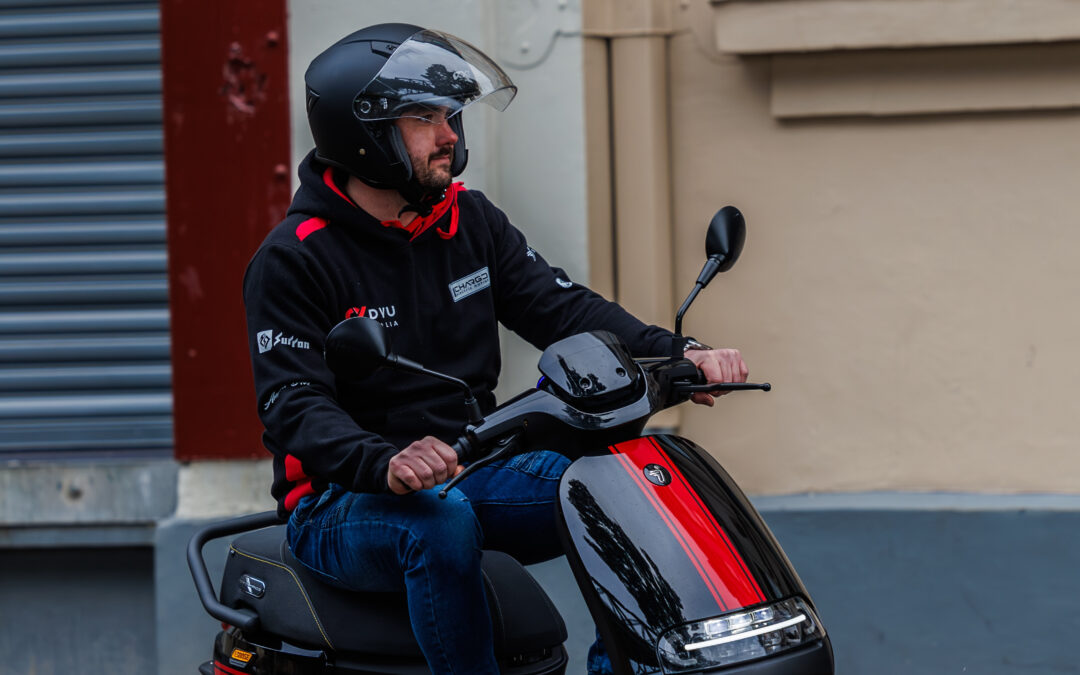We are always on the look to for new trends with our industry and government. We’ve seen some excellent initiatives here in Sydney including scooters gaining access to ride in the red Bus Lanes and many councils providing free parking for riders, including large dedicated scooter and motorcycle parking in the city of Sydney.
Australian city planners often find their inspiration from Europes bigger cities and its no wonder. Cities like Barcelona in Spain and Milan in Italy are leaders when it comes to improving their urban transport issues. Both cities have implemented cleaner, smarter and more efficient ways to move about the city and scooters are a huge part of the solution.
We spotted the ‘Rightsizing Urban Mobility Conference’ in Milan in November 2025 that brought European policymakers, city officials, and industry heads to examine how L-category vehicles (from scooters to motorcycles) can help Europe’s cities breathe a little easier.
Industry leaders used the stage to underline just how quickly L-category vehicles like scooters could start delivering results as supply is at hand immediately.
With many major European Sustainable Urban Mobility Plans (set to reduce emissions amongst other things) to be activated in 2027, the panel opened with a stark reminder: the urban mobility rulebook is about to be rewritten.
Sofia Pechin, urban mobility consultant at TRT Trasporti e Territorio, set the tone by describing a “clear paradigm shift” away from cars and toward people-first mobility like scooters. In other words, cities want to be accessible, functional and cleaner, and traditional planning tools aren’t cutting it anymore.
An example of the reality is that powered two-wheelers on the road today already save EU and UK commuters an estimated 25.6 million days per year of time in traffic, compared with car travel, thanks to quicker commute times and therefore less time sitting in traffic. A small modal shift of just 5 per cent of car users switching to scooters, could claw back a further 28 million days, deliver €3.8 billion (yes billion) in cost savings, cut emissions by the equivalent of €308 million per year, and free up urban space roughly the size of Paris.
As everywhere, it’s the money that seems to be the main driver for legislators and the answer is quite simple. The message from within the conference hall was clear: scooters aren’t a niche. They’re an under used shortcut to cleaner, quicker cities that helps save money, time and the environment.
Back at home I feel we have the public desire to improve all three of these factors. In fact, I reckon you’d be hard pressed to find a road user who didn’t approve of a cleaner environment, less time spend in traffic and who wouldn’t approve of a cost saving as part of that experience.
Come on Sydney, don’t just watch Europe. Get your act together and buy in now!

